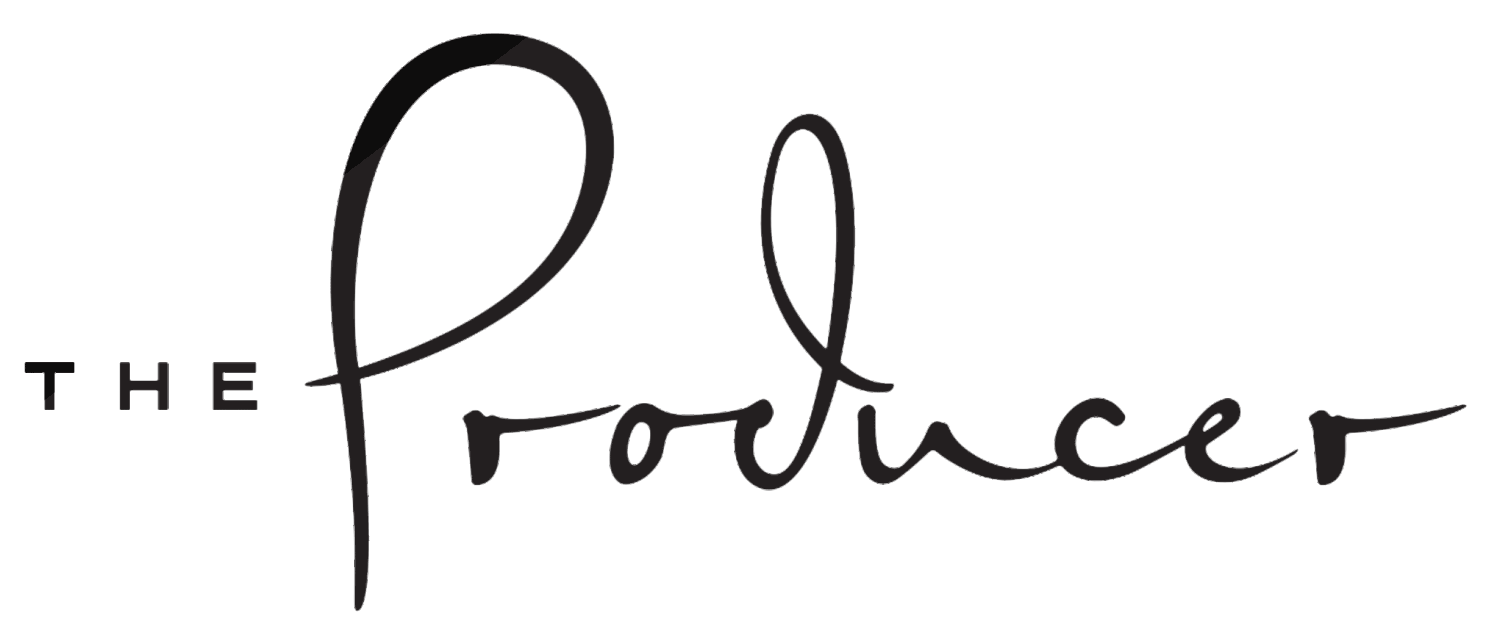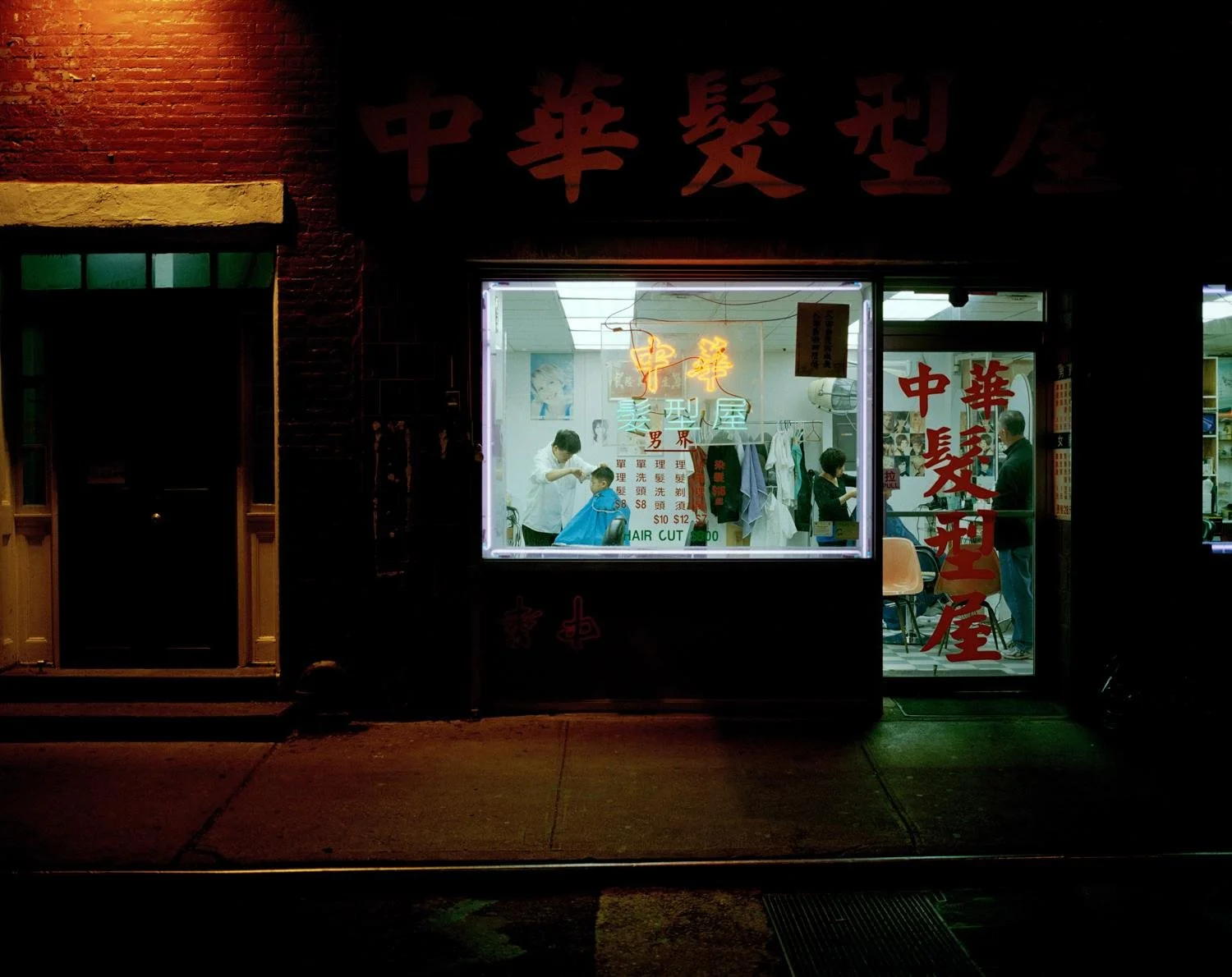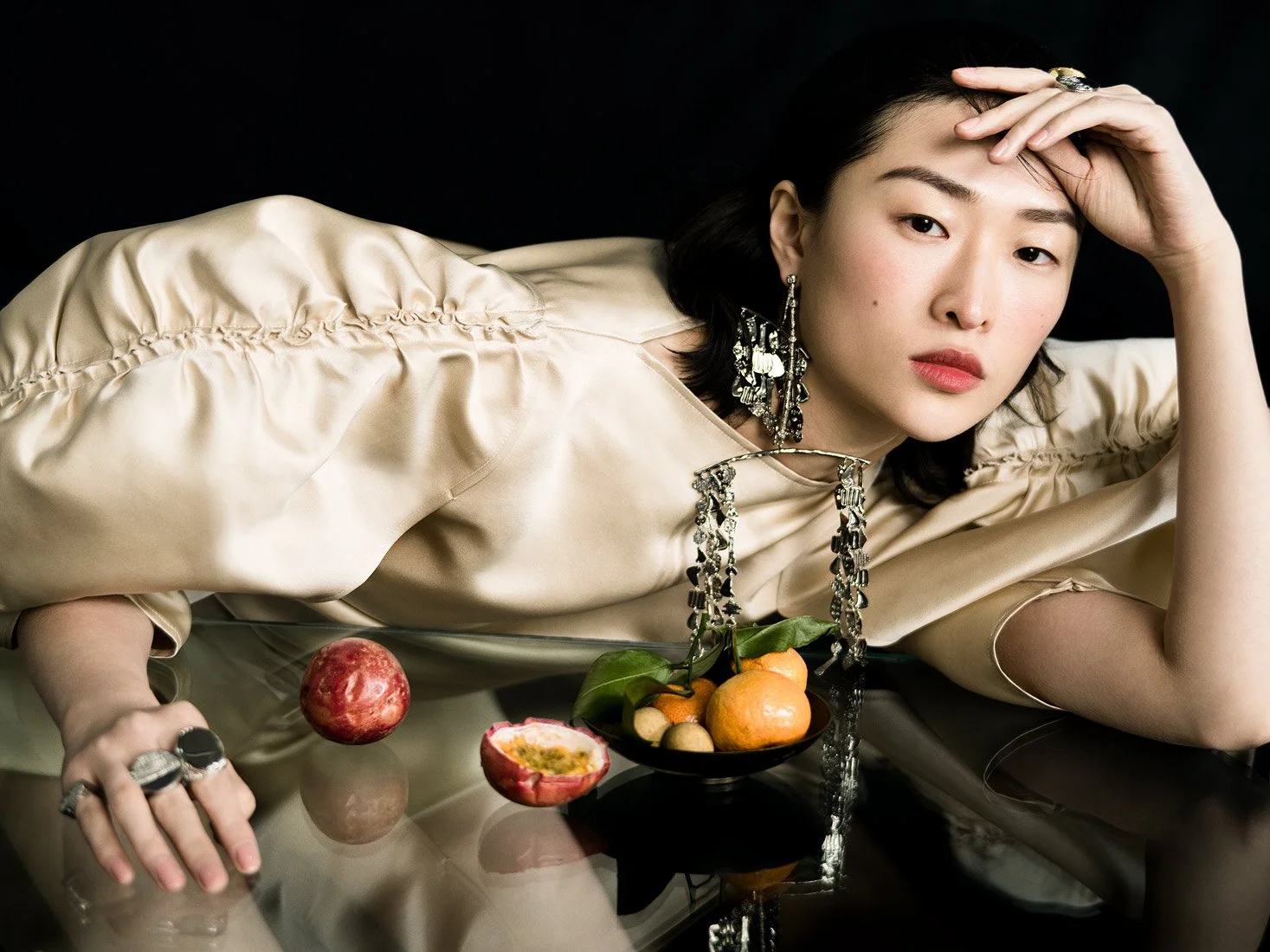Exploring AAPI Excellence in Visual Media: A Celebration of Innovation and Cultural Perspective
/In an ever-evolving visual landscape, Asian American and Pacific Islander (AAPI) photographers, photo editors, and visual directors are creating revolutionary work that both honors their cultural heritage and pushes creative boundaries. Their unique perspectives are not just diversifying the visual arts—they're fundamentally transforming how stories are told across mediums.
Visionary Photographers Redefining the Lens
Editorial Innovators
An Rong Xu brings a documentary approach to editorial assignments, capturing the nuances of the Asian American experience with remarkable sensitivity. His photo essays exploring Chinatowns across America reveal intimate stories within broader cultural narratives, showcasing how personal heritage can inform journalistic vision.
Zhong Lin's surrealist approach to fashion photography incorporates visual elements from her Taiwanese upbringing, creating dreamlike imagery that has graced covers of international editions of Elle and Harper's Bazaar. Her distinctive color palettes and composition techniques draw directly from Asian artistic traditions while feeling utterly contemporary.
Commercial Trailblazers
Tommy Kha, known for his vibrant commercial work spanning campaigns for major brands, brings his Chinese-American heritage to photography through distinctive visual narratives that explore identity and belonging. His approach demonstrates how cultural influences can transform commercial work into something truly distinctive.
Wendi Miyake, whose Japanese-American background informs her intimate portraiture style, has revolutionized brand campaigns through her emphasis on authentic representation. Her commercial work for clients like Adidas and Glossier challenges industry norms by prioritizing genuine emotional connection over polished perfection.
Jingna Zhang's Chinese-Singaporean ancestry influences her high-concept commercial photography, which combines technical precision with cultural storytelling elements. Her innovative campaigns for luxury brands showcase how cultural perspective can transform product photography into art that resonates across demographics.
Fine Art Visionaries
Pixy Liao's Experimental Relationship series challenges traditional romantic dynamics through a lens informed by her Chinese upbringing, creating images that subvert both Eastern and Western expectations of relationship portrayal.
Mika Ninagawa's hyper-saturated floral compositions draw directly from Japanese aesthetic traditions while offering contemporary commentary on consumption and beauty standards. Her fine art photography demonstrates how cultural heritage can be both honored and interrogated through visual media.
Chien-Chi Chang's contemplative documentary work captures diasporic experiences with a perspective informed by his Taiwanese heritage, finding moments of profound cultural significance within everyday life.
Behind the Images: AAPI Leadership in Visual Direction
The influence of AAPI creativity extends far beyond photographers themselves to the critical but often invisible roles that shape visual media:
Pioneering Photo Editors
Raul Martinez, Chief Creative Officer at Condé Nast, brings his Filipino-American perspective to editorial decisions that have transformed visual representation across publications like Vogue and GQ. His commitment to authentic diversity has created opportunities for countless AAPI photographers.
Michelle Watt, photo editor and visual artist, approaches storytelling with sensibilities informed by her Chinese heritage, championing photographers who bring cultural depth to their assignments and reshaping how publications approach visual narratives.
Creative Directors Reshaping Visual Culture
Hanya Yanagihara, editor of T Magazine, has revolutionized visual direction through her Japanese-Hawaiian sensibilities, creating editorial spreads that challenge Western aesthetic dominance while achieving commercial success.
Jessica Cruel, Editor-in-Chief at Allure, brings her Korean-American perspective to beauty photography, transforming how diverse skin tones and features are captured and celebrated in mainstream publications.
Dao-Yi Chow, whose creative direction for brands like Public School NYC incorporates elements of his Chinese heritage, demonstrates how cultural perspective enhances brand storytelling across platforms.
Mentorship and Community: Building AAPI Pathways
Beyond individual achievement, many AAPI visual professionals are actively creating infrastructure to support future generations:
Educational Initiatives
Eddie Huang's visual storytelling workshops specifically for AAPI youth provide technical training alongside cultural exploration, helping young photographers develop voices that honor their heritage.
Contemporary Voices in Asian American Photography, a program highlighted by the Getty Museum, brings together artists across generations to explore identity, representation, and cultural legacy through mentorship and exhibitions.
Aperture’s Creator Labs Photo Fund, developed in partnership with Google, provides grants for emerging photographers from underrepresented backgrounds, including many exploring AAPI identity and diaspora.
Industry Organizations Creating Change
Gold House, through initiatives like the Founder Fellowship and partnerships with organizations such as the Sundance Institute, supports AAPI creatives working across visual media, including photography.
The Authority Collective, co-founded by Filipina-American photographer Tara Pixley, advocates for greater inclusion of AAPI photographers in major publications and brand campaigns, creating accountability systems within the industry.
The Asian American Journalists Association's Photography Committee provides professional development specifically tailored to visual journalists from AAPI backgrounds, addressing unique challenges they face in newsrooms.
Cultural Heritage as Creative Advantage
What unites these diverse visual professionals is their ability to transform cultural heritage into creative advantage:
Technical Innovations Rooted in Cultural Tradition
Many AAPI photographers incorporate lighting techniques inspired by traditional Asian art forms, from Korean moon jars influencing soft diffusion approaches to Japanese woodblock print aesthetics informing color grading techniques.
Visual composition often draws from cultural reference points—the negative space principles of Chinese landscape painting or the structured storytelling approaches of Pacific Islander oral traditions—creating distinctive visual languages that stand out in contemporary media.
Narrative Approaches Challenging Western Conventions
AAPI visual storytellers often integrate circular narrative structures common in many Asian storytelling traditions, challenging the linear visual narratives dominant in Western visual media.
Multigenerational perspectives frequently appear in AAPI visual work, reflecting cultural values that prioritize ancestral connections and collective experience over individualistic storytelling.
Authentic Representation Through Insider Perspective
AAPI photographers bring nuanced understanding to capturing diverse subjects, moving beyond surface representation to emotional authenticity that resonates across audiences.
The ability to navigate multiple cultural contexts allows AAPI visual professionals to create work that bridges communities, speaking simultaneously to specific cultural experiences and universal emotions.
The Business Case for AAPI Visual Leadership
Beyond the creative benefits, there are compelling business reasons for elevating AAPI visual professionals:
Global Market Relevance
As Asian markets continue growing in importance, visual content created with authentic cultural fluency becomes increasingly valuable—something AAPI creators naturally provide.
Brands seeking global relevance benefit from visual direction that intuitively understands how images translate across cultural contexts, a perspective many AAPI professionals bring through lived experience.
Audience Connection Through Authentic Representation
Younger consumers increasingly demand authentic representation in the visual content they consume, making AAPI visual leadership a competitive advantage for forward-thinking brands and publications.
The nuanced cultural understanding AAPI photographers bring to capturing diverse subjects creates images that resonate more deeply with increasingly diverse audiences.
Looking Forward: The Future of AAPI Visual Influence
As we celebrate the achievements of today's AAPI visual leaders, we must also look toward creating sustainable industry changes:
Structural Support Systems
Industry-wide commitment to mentorship programs specifically supporting AAPI visual professionals at early career stages remains essential for long-term change.
Educational initiatives that emphasize the value of cultural perspective in visual storytelling help prepare the next generation of AAPI visual innovators.
Beyond Tokenism to True Inclusion
Moving beyond diversity statistics to ensure AAPI visual professionals have decision-making authority and creative control represents the next evolution in industry progress.
Recognizing the diversity within AAPI communities and ensuring representation across the full spectrum of Asian and Pacific Islander identities remains a crucial industry challenge.
Conclusion: A Collective Visual Future
The achievements of AAPI photographers, photo editors, and visual directors represent not just individual success stories but a collective reimagining of what visual storytelling can be. By bringing perspectives shaped by diverse cultural heritages to their work, these visual innovators aren't just participating in the industry—they're fundamentally transforming it.
For brands, publications, and agencies seeking to remain relevant in an increasingly global visual landscape, collaborating with AAPI visual professionals isn't simply about representation—it's about accessing innovative approaches that connect with audiences in deeper, more meaningful ways.
As we look toward the future of visual media, it's clear that AAPI excellence will continue shaping how we see and understand our world—one frame, one editorial decision, and one creative direction at a time.









